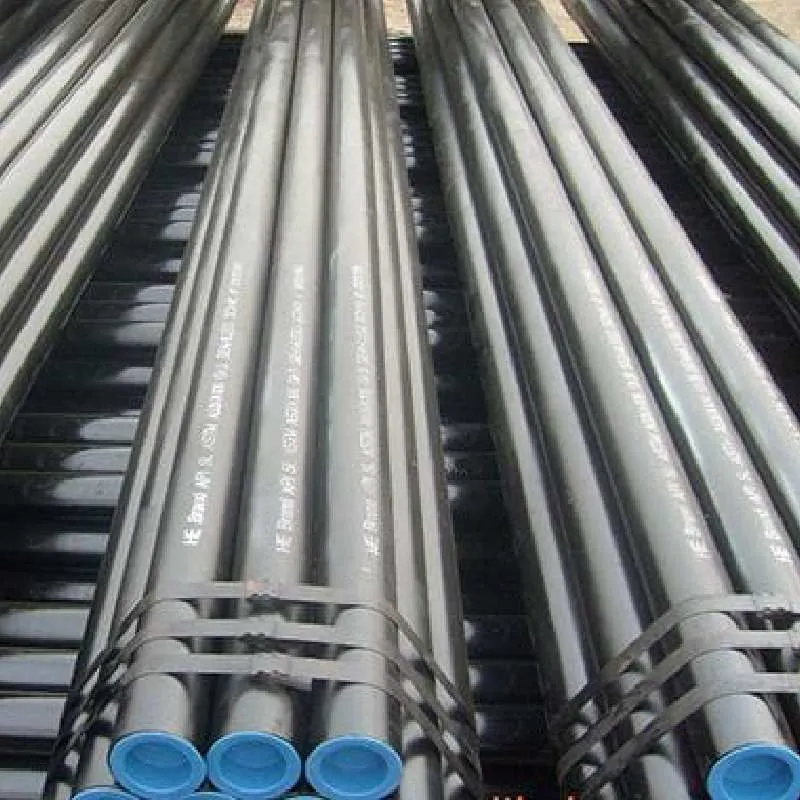Current location:
metal tube
Date:2025-08-16 16:31:29 Read(143)

Understanding Threaded Sprinkler Fittings A Comprehensive Overview Threaded sprinkler fittings play a crucial role in the efficient operation of irrigation systems. As agriculture and landscaping demand evolve, the importance of reliable and high-quality fittings becomes more substantial. In this article, we will explore the various aspects of threaded sprinkler fittings, their benefits, types, and best practices for installation and maintenance. What are Threaded Sprinkler Fittings? Threaded sprinkler fittings are specialized connectors used in irrigation systems to join various components such as pipes, sprinklers, and valves. These fittings feature male or female threads that allow for secure connections, ensuring that the system operates effectively without leaks or failures. The design of these fittings allows for easy disassembly, making maintenance and modifications straightforward. Benefits of Using Threaded Sprinkler Fittings 1. Durability Threaded fittings are typically made from robust materials such as brass, PVC, or stainless steel, ensuring they can withstand harsh environmental conditions, including temperature fluctuations, UV exposure, and moisture. 2. Versatility These fittings are available in various sizes and configurations, making them suitable for a wide range of applications, from residential gardens to large-scale agricultural projects. 3. Ease of Installation The threaded connections simplify the installation process, allowing users to quickly connect and disconnect parts without requiring special tools. This user-friendly feature makes maintenance tasks easier and more efficient. 4. Leak Prevention Properly threaded fittings minimize the risk of leaks, which can lead to water wastage and increased operational costs. Using thread sealants can enhance this benefit further by providing an extra layer of protection against leaks. Types of Threaded Sprinkler Fittings There are several types of threaded sprinkler fittings, each designed for specific functions 1. Elbow Fittings These are used to change the direction of the water flow in the system, typically at 90 or 45 degrees. threaded sprinkler fittings 2. Tee Fittings Tee fittings allow for branching of the water supply, enabling multiple sprinkler zones from a single pipe . 3. Couplings Couplings connect two lengths of pipe or tubing, allowing for extension or connection of different components. 4. Adapters These fittings help transition between different types of systems or materials, such as connecting PVC to metal pipes. 5. Caps and Plugs These are used to seal the ends of pipes and systems to prevent water loss during maintenance or winterization. Best Practices for Installation and Maintenance When installing threaded sprinkler fittings, there are several best practices to ensure optimal performance 1. Use Thread Sealant Apply a thread sealant or Teflon tape to the male threads before connecting. This helps to prevent leaks and eases the connection process. 2. Tighten Carefully Avoid over-tightening fittings, as this can cause damage to threads and lead to leaks. A snug fit is sufficient. 3. Regular Inspection Periodically check connections and fittings for signs of wear, leaks, or damage. Early detection can prevent larger issues from developing. 4. Seasonal Maintenance For regions with cold winters, ensure that your system is properly winterized to avoid freeze damage. Conclusion Threaded sprinkler fittings are essential components of any irrigation system, providing durability, versatility, and ease of use. Understanding their types, benefits, and installation practices can significantly enhance the efficiency and longevity of your irrigation system. Whether you're a homeowner looking to maintain a lush garden or a farmer managing large fields, investing in quality threaded fittings will ensure a reliable and effective watering solution. By prioritizing these fittings and their maintenance, you can achieve optimal irrigation results while conserving water and reducing costs.
Share:
Previous: en 1092 1 pn6
Next: flange blank plate
Kind tips:The above content and pictures are compiled from the Internet and are for reference only. I hope they will be helpful to you! If there is any infringement, please contact us to delete it!
You may also like
- Black Pipe Cross Design for Modern Industrial Decor Ideas
- EN 1092-1 Flange Specifications and Standards Overview for Industrial Applications
- DIN 65 Flange - Specifications, Applications, and Benefits
- EN1092 Flansche Dimensionen und Standards für industrielle Anwendungen erläutert
- Exploring the Features and Applications of Flange Designs in Modern Engineering Systems
- flange 14 class 150
- Exploring the Benefits and Applications of 6% Galvanized Pipe in Modern Construction Projects
- Exploring 16-Foot Galvanized Pipe for Your Construction Needs
- DIN 11853-2 Flange Specifications and Applications for Industrial Use